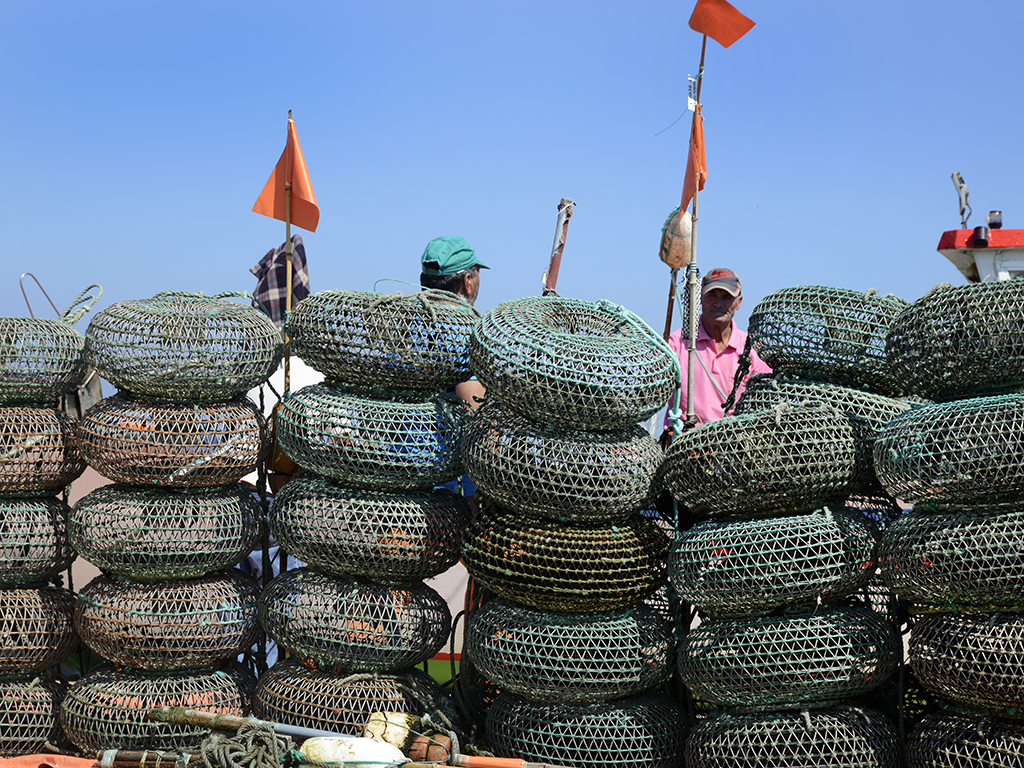The Architecture of Sardines and Codfish

What connects fish to architecture? It might not be obvious, but we can trace the history of many urban developments and built landscapes by considering the human activities centered on marine resources. Often considered as separate universes, the sea and the shore live in a continuum characterized by constant social and physical interactions. Take, for example, cod or sardine fisheries: each activity provides a livelihood and promotes economic development but also calls for specific architectural devices. Following the cod or sardines leads us to their impact on onshore construction, ranging from the development of large industrial canneries to the shaping of the landscape for processing purposes. Hence, it is possible to think of architectural history through a biological lens and to connect the complex ecology of the sea with the no less complex transformation of the built environment on land.
André Tavares' lecture, presenting on the main hypothesis of the Fishing Architecture research group, under his coordination at Lab2PT at School of Architecture of the University of Minho, will be held in 31st May at 12:00hs at CIIMAR, located in the Porto Cruise Terminal at Leixões Port in Matosinhos, Portugal. Free entrance. Registration mandatory to divulgacao@ciimar.up.pt



